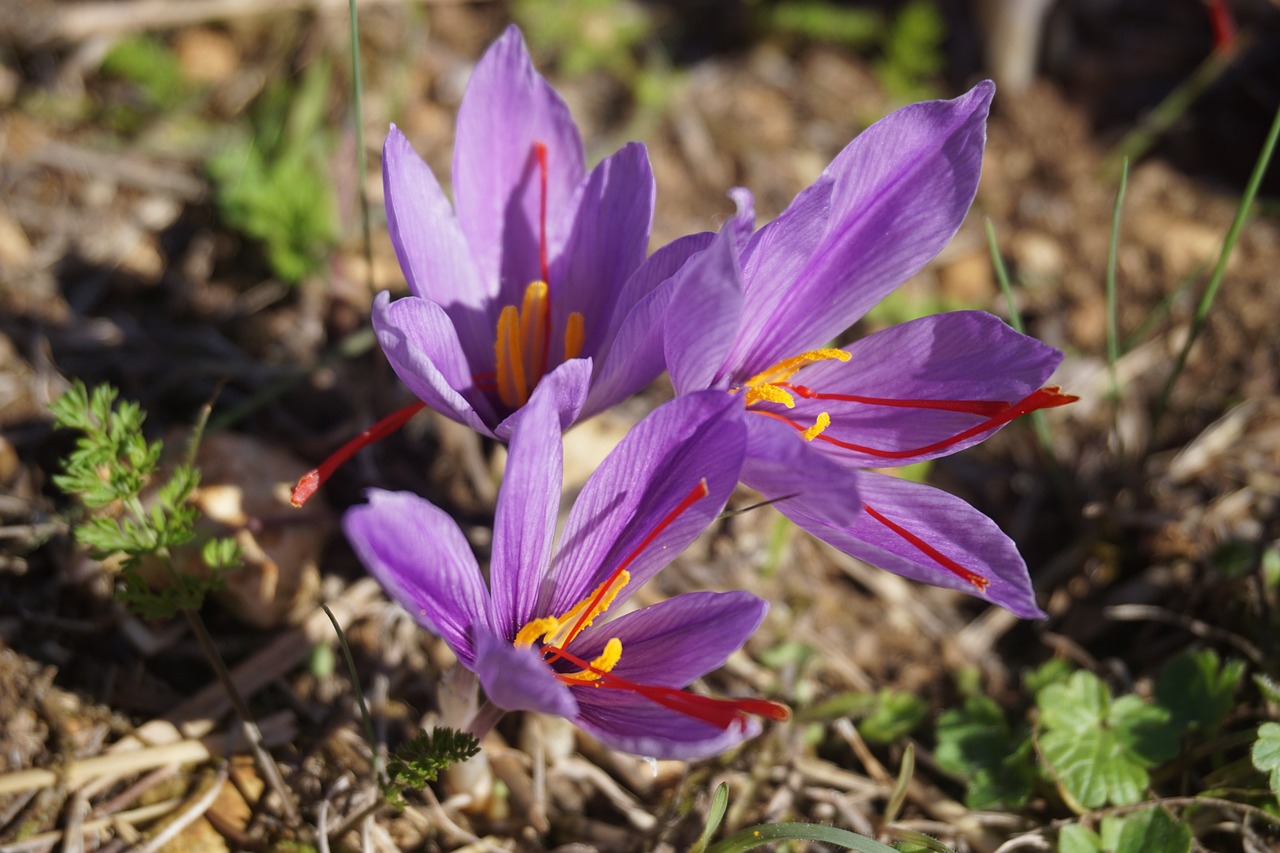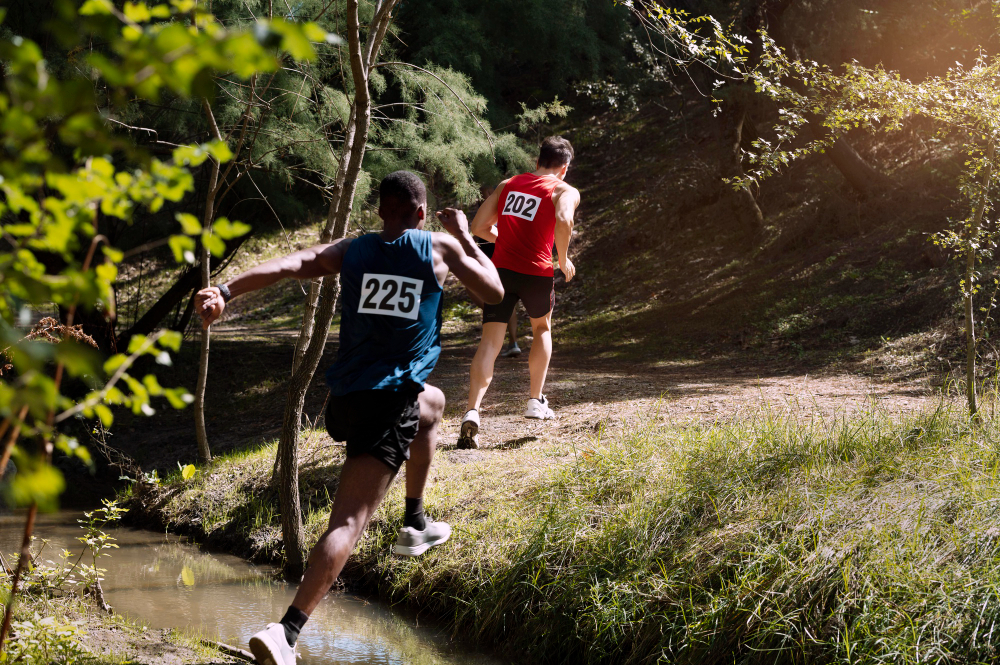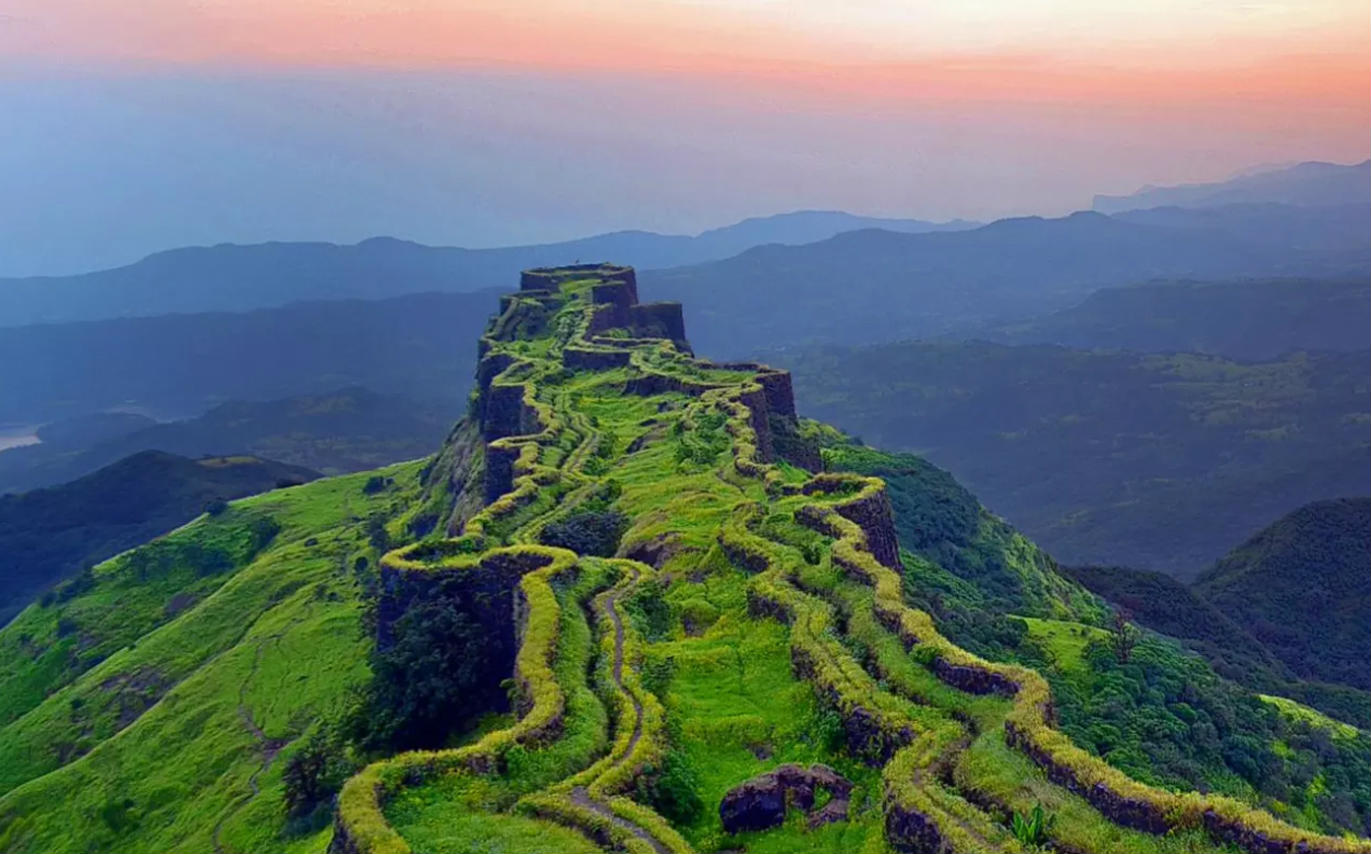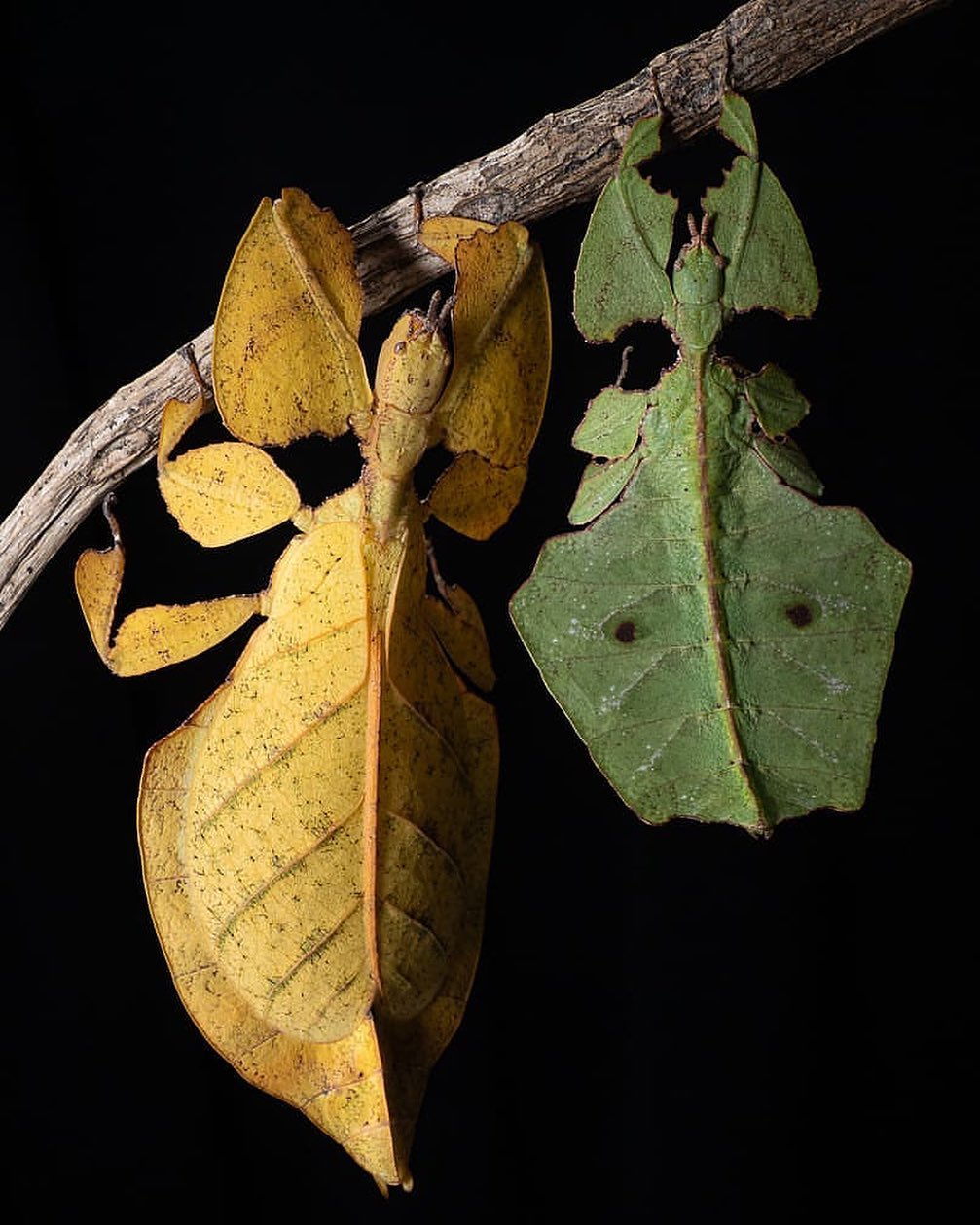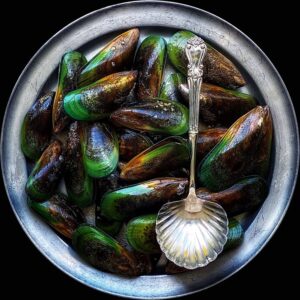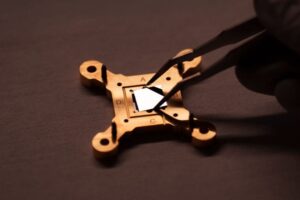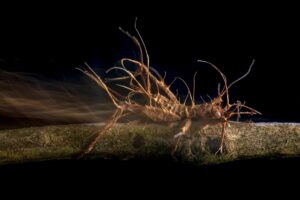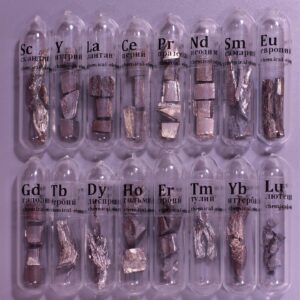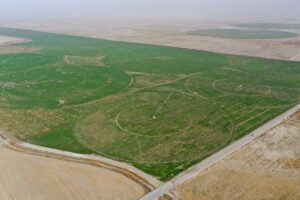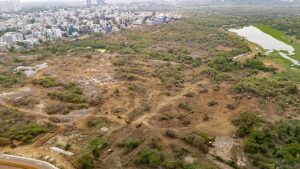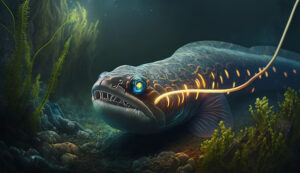 Pin
Pin Image by Freepik
66 million years ago, Earth got hit by something it hadn’t seen in millions of years—an asteroid the size of a mountain slammed into the Yucatán Peninsula. The explosion was beyond apocalyptic. Fires spread for thousands of miles. Massive tsunamis swallowed coastlines. The sky turned black with debris, blocking sunlight for months. Plants withered. The food chain snapped. It wasn’t just the dinosaurs—it was nearly everyone and everything. But deep underground, in burrows and crevices, something stirred.
The asteroid didn’t just cause destruction. It reset Earth’s survival game. And this is where the mammals’ story really begins. While dinosaurs ruled the surface, mammals had mostly stayed small and hidden. Now, their hidden lifestyle became their ultimate shield. This isn’t just about how mammals survived the asteroid impact—it’s about how staying low and living slow made all the difference. Most creatures didn’t stand a chance. But the tiny, warm-blooded, underground dwellers? They had a weird edge—and they were just getting started.
Table of Contents
Underground Hideouts—Why Living Low Saved Mammals
 Pin
Pin Image by Freepik
When the asteroid hit, surface life took the worst of it. But not all animals lived out in the open. Many early mammals were burrowers—they made their homes beneath the ground, tucked away in tunnels and small dens. That one trait may have been the key to their survival. The post-impact world wasn’t just dangerous, it was almost unlivable. Fires raged, toxic ash filled the sky, and temperatures plummeted. But underground, things were different. It was more stable, less chaotic, and far away from the initial waves of heat and shock.
Small mammals, like shrew-like creatures, stayed warm thanks to their fur and body heat. Their underground nests protected them from predators, falling debris, and the freezing “impact winter” that followed. These animals didn’t need sunlight to survive—they could eat underground roots, fungi, or even insects. The big dinosaurs had size and strength, but the small mammals had the ultimate bunker. So when everything above ground was turning to ash, these hidden survivors were just waiting for the storm to pass.
Cold-Blooded vs Warm-Blooded—Why Body Heat Mattered
 Pin
Pin Image by Freepik
After the asteroid impact, the planet got dark and cold fast. Without sunlight, temperatures dropped, and photosynthesis basically stopped. That wiped out plants—and the herbivores that ate them. Dinosaurs, being mostly cold-blooded, needed the warmth of the sun to stay active. But in the freezing months that followed, that became a death sentence. On the other hand, mammals were warm-blooded. They could keep their body temperature stable, even in a colder world.
This difference was massive. Mammals could stay active while reptiles and cold-blooded species slowed down or died off. Even in the dark, mammals were hunting, eating, and reproducing. Their internal heat worked like a built-in survival tool. Plus, many were nocturnal already, so living in darkness wasn’t totally new. Their bodies were adapted to low-light environments, which gave them a serious edge.
The question of how mammals survived the asteroid impact starts to make more sense when you factor in body heat. Warm-blooded life didn’t just survive—it kept moving forward, one chilly step at a time.
The Power of Being Small—Why Size Was a Life Saver
 Pin
Pin Image by Freepik
In a post-impact world where resources vanished almost overnight, being small suddenly became a major advantage. The towering reptiles that once ruled the land needed a lot of food to survive—and that food chain collapsed quickly. But tiny mammals didn’t need much to keep going. They could eat insects, seeds, roots—whatever scraps they could find. Their small size also meant they could hide in tighter places, burrow deeper, and avoid predators and falling debris more easily.
Smaller bodies lose heat faster, but these mammals had dense fur and were quick to adapt. Their size allowed them to reproduce faster, too. A big dinosaur might take years to grow and breed. Mammals could produce several offspring in a year. That meant even with high death rates, their populations could bounce back more quickly. When food was scarce and the environment brutal, the less you needed, the better your odds.
How mammals survived the asteroid impact has a lot to do with being small, quick, and flexible—qualities that helped them outlast giants.
Omnivores Had More Options—And That Was Everything
After the asteroid impact, being picky was a quick route to extinction. The animals that survived were the ones that could eat almost anything—and mammals fit that bill. Many early mammals were omnivores. That means they could survive on insects, plants, small animals, roots, seeds, and fungi. When one food source ran out, they just switched to another. This adaptability was crucial in a world where ecosystems were falling apart.
Dinosaurs were mostly specialized eaters—huge herbivores or sharp-toothed carnivores. When their preferred food sources vanished, they had nowhere to turn. But mammals were used to scraping by on whatever they could find. That gave them a serious survival edge in the chaotic years after the impact.
This flexibility in diet shows another layer of how mammals survived the asteroid impact. It wasn’t just physical traits—it was behavioral instincts. Being curious, opportunistic, and not too fussy about meals turned out to be a winning formula. In a broken world, the survivors weren’t the strongest—they were the most adaptable.
Reproduction Speed—Why Faster Was Smarter
Survival isn’t just about staying alive—it’s about keeping your species going. Mammals had a huge advantage here. They reproduced quickly and often. While dinosaurs laid eggs and waited weeks or months for them to hatch, mammals gave birth to live young, and many could do it multiple times a year. In a shattered world where danger lurked everywhere, speed was survival. The faster you could grow your population, the better your chances.
Many early mammals reached maturity in just a few months. That meant even after a massive die-off, their numbers could rebound faster than slower-reproducing species. It was a numbers game—and mammals were built for it. Their babies were born helpless but developed quickly, staying close to their mothers in safe nests or burrows.
How mammals survived the asteroid impact also comes down to this simple truth: they didn’t waste time. With the environment in chaos, fast reproduction wasn’t just useful—it was essential. The ability to multiply under harsh conditions helped them fill the gaps left by extinct species.
Social Bonds and Parenting—How Care Gave Mammals an Edge
Mammals didn’t just give birth and move on—they stuck around. One of their key survival traits was parental care. While many reptiles laid eggs and left them, mammals stayed with their young, fed them, protected them, and taught them how to survive. This care created a higher chance of survival for each new generation, especially in a dangerous, unstable environment.
After the asteroid impact, the world was full of threats—scarce food, predators, and unpredictable climates. Young animals needed help to make it through, and mammals were built for that kind of support. Some even huddled in groups for warmth and protection, showing early signs of social behavior.
This tight-knit approach made all the difference in the years following the disaster. How mammals survived the asteroid impact wasn’t just about toughness—it was about connection. Protecting and raising young wasn’t a luxury; it became a survival strategy. By investing in their offspring, mammals created a future that could adapt, grow, and eventually take over the niches left empty by fallen giants.
Night Vision and Nocturnal Life—Thriving in the Darkness
Before the asteroid hit, many mammals were already night creatures. They had evolved to stay out of the dinosaurs’ way by being active after dark. When the sky filled with dust and sunlight disappeared for months, that existing adaptation turned into a huge advantage. While other animals struggled to adjust to the dark, mammals were ready. Their eyes, noses, and ears were built to work in low-light conditions.
In the post-impact world, visibility was poor and danger was everywhere. Being able to move, hunt, and hide in darkness gave mammals a serious edge. They didn’t need bright days to find food or stay safe. They were already wired for life in the shadows.
This ability helped answer the question of how mammals survived the asteroid impact in ways we’re still discovering. They didn’t just endure the darkness—they thrived in it. Evolution had unknowingly prepared them for a future without sunlight, and when the skies darkened, mammals kept moving while others stood still. Night became their sanctuary, and eventually, their launchpad.
Adaptation and Evolution—Mammals Became the Dominant Species
The key to survival after the asteroid impact wasn’t just about enduring a harsh new world—it was about adapting to it. Mammals didn’t just survive; they evolved. As they navigated a dramatically different environment, mammals started to adapt in ways that allowed them to take over the niches previously dominated by dinosaurs. Their ability to adjust to changing climates, food shortages, and new predators allowed them to become the dominant life forms.
As Earth began to warm again, mammals grew in size and variety. The environmental shift led to the evolution of new species that were better suited for the rapidly changing world. Some mammals became larger and more formidable, while others remained small but more specialized. This adaptability made them a formidable force as the Earth rebounded.
When we ask how mammals survived the asteroid impact, it’s not just about luck—it’s about their capacity to adapt. The creatures that could change with the times thrived, while those that couldn’t faded away. Mammals didn’t just endure—they blossomed.
The Rise of Mammals—How the Asteroid Changed Evolution Forever
The aftermath of the asteroid impact didn’t just clear the way for mammals to survive—it set the stage for their domination. Before the impact, mammals were mostly small, hidden creatures living in the shadows of the mighty dinosaurs. But with the dinosaurs gone, the ecological gaps were wide open. Mammals, having survived through resilience and adaptability, began to fill those gaps. Without the massive predators and competitors, mammals had the opportunity to evolve and diversify in ways they hadn’t before.
This wasn’t just a survival story—it was an evolutionary explosion. Over time, mammals evolved into different forms, from giant mammoths to tiny rodents. Some adapted to life in the trees, while others became the ancestors of modern-day whales. With new ecosystems forming, mammals spread out across the planet and took over every habitat available.
The question of how mammals survived the asteroid impact extends beyond survival. It’s about how the extinction event reshaped the course of evolution. From the ashes of destruction, mammals rose to dominate Earth’s ecosystems in ways no one could have predicted.
FAQs
Mammals survived the asteroid impact due to their ability to adapt to extreme conditions. Their small size, warm-blooded nature, underground burrowing habits, and quick reproduction gave them an edge in a world where dinosaurs and other species perished. Additionally, being omnivores allowed them to survive food shortages.
Small mammals were more likely to survive because they needed fewer resources, were able to hide in small spaces, and could reproduce quickly. Their size and behavior made them more adaptable to the post-impact environment where food was scarce and predators were numerous.
Yes, mammals were warm-blooded, which allowed them to maintain a stable body temperature in the cold, post-impact world. Many mammals were also nocturnal, which meant they were already adapted to living in low-light conditions, an advantage when the sky was darkened by debris from the impact.
The asteroid impact wiped out most of the dinosaurs, opening up ecological niches that mammals could fill. Without large predators to compete with, mammals evolved rapidly into new forms, diversifying into the species we recognize today, from large mammals to tiny rodents.
Mammals reproduced quickly, which allowed them to recover rapidly from population declines. Unlike dinosaurs, which had longer gestation periods, mammals gave birth to live young and had shorter reproductive cycles. This ability to produce offspring quickly helped them repopulate and adapt to the changing environment.
